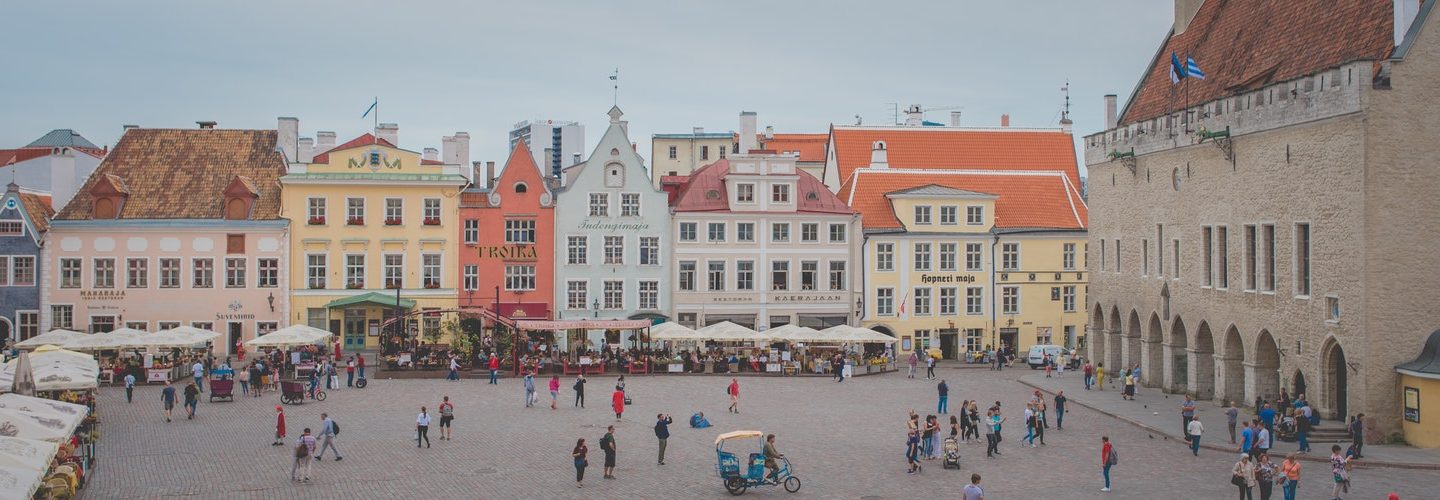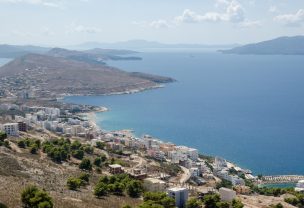Quick facts
- Full name: Republic of Estonia
- Capital: Tallinn
- Largest city: Tallinn
- Official language: Estonian
- Area: 45,227 km2
- Population: 1,319,133 (2018)
- Currency: Euro (EUR) 1 (EUR) = 100 cent
- Foreign tourists: 3.1 million (2016)
- Travel risks and hazards: Petty crime, dangerous animals.
For a small Baltic state, Estonia is truly fascinating. If not taking into account the US islands of northern Mariana, Estonia is the most female country on earth. Per 100 females there are only 84 males. Estonian women also have a 10 year longer lifespan than Estonian men. Estonians are also the best at a non-Olympic sport which is the wife carrying, the country also boasts a massive amount of Olympic medals per capita. Estonia offers a variety of many different attractions however there are risks and hazards visitors should beware of.

Traveling info
Because Estonia is a member of the Schengen convention all citizens of the member states of this agreement may move freely to Estonia for tourist, business, starting a new life or any other purpose without the requirement to obtain any sort of a visa document. The only document required to cross the border is an ID card. There are several countries who are outside of the European Union however they are a part of the Schengen convention. These are Norway, Liechtenstein, Iceland, and Switzerland. Nationals of countries which are not part of this convention are required to obtain a Schengen visa that will allow them to move freely within the boundaries of the Schengen convention nations. Schengen visa is normally admitted once per half a year for a duration of 90 days. Schengen visa holders can not work or study during their stay within the Schengen boundaries. To drive in Estonia expats must have their national driving permit, International driving permit, vehicle registration document and certificate of insurance with them at all times whilst driving. An international driving permit can only be issued by the driving department of individual countries. Citizens of countries which are part of EU or the EEA may drive in Estonia without the requirement to obtain an IDP. People who stay in Estonia for a period exceeding a year must obtain an Estonian driving permit. IDP is only valid in the country for up to a year. EU citizens again are exempt from the requirement of obtaining an Estonian driving permit. In Estonia, headlights must be on at all times whilst driving.

Traveling hazards
Road conditions in Estonia are generally good however rural roads and some secondary roads may be ill-repaired and quite damaged. Due to poor illumination in the countryside, it is important to look out for wildlife crossing the roads. Deer are abundant and cause many road accidents particularly during the night. Although the Estonian police enforce the traffic laws very strictly and frequently sets up police checkpoints to halt intoxicated drivers, accidents involving drunk drivers are quite common.
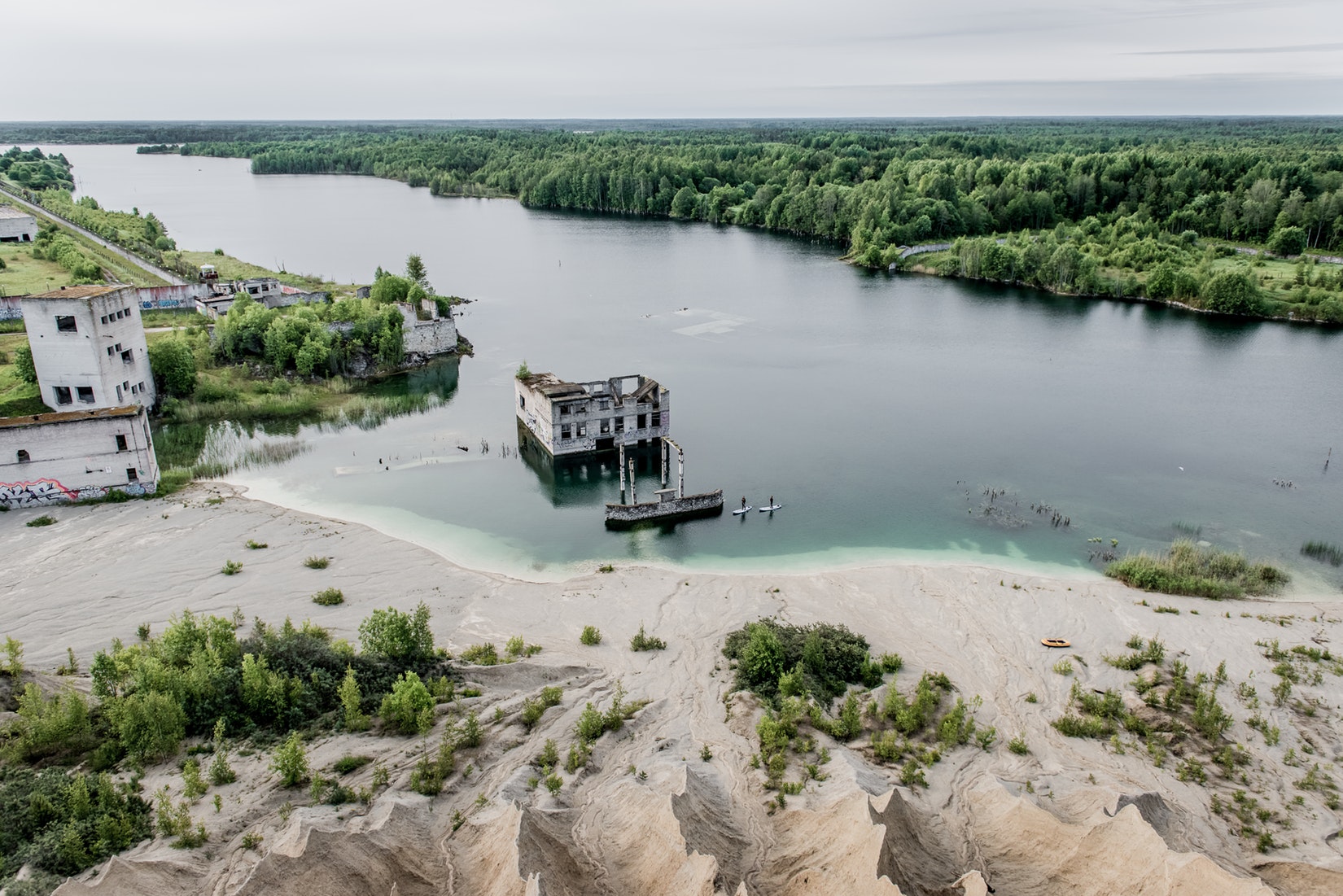
Environmental hazards
There are several animals which may pose danger to humans directly or indirectly. Although both bears and wolves inhabit Estonian lands, deers are responsible for most deaths. This is because of the common traffic collisions. Other than that deers are rather harmless. European brown bears as opposed to the American brown bears are rather shy and will almost always avoid human contact. These animals only attack when surprised or when with cubs. Wolves are extremely rare, even rarer are their encounters. A hiker must be very lucky or unlucky to meet a pack of wolves. To avoid meeting these animals, make them aware of your presence by making a lot of noise while on the trail. These animals will hear people from far which will give them enough time to retreat. The European adder is common throughout almost entire Europe which is also the case in Estonia. These mildly venomous snakes inhabit mostly wetlands such as ponds, marshes, etc. Swimming on the Estonian coast is safe. There are no dangerous fish that would in any way harm humans in the Baltic Sea. There have been also no shark attacks reported in any of the coastal Baltic regions.
Estonia does not suffer from any dangerous earthquakes nor does it have any volcanoes. The most common type of natural hazards that occurs is floodings particularly after the winter season when the snow melts.

Health hazards
There are currently no outbreaks of any diseases nor are there any vaccination requirements. There are however a couple of vaccinations which will help to rid the trip to Estonia of any unwanted diseases. These are the routine vaccines, hepatitis A and B and rabies vaccine. Estonian healthcare provides a high quality of service which is provided to Estonian citizens for free as long as they are insured through their workplace or as a freelancer by paying their own taxes. Expats, however, are expected to pay for the service unless owning a European health insurance card which is issued to EU or EEA citizens only. Those who are not eligible for an EHIC or are from the outside of EU or EEA should consider purchasing health insurance that will cover their medical expenses which may be quite costly. Private healthcare facilities will also provide a high quality of service however these come at a greater expense.
In case of an emergency dial 112.
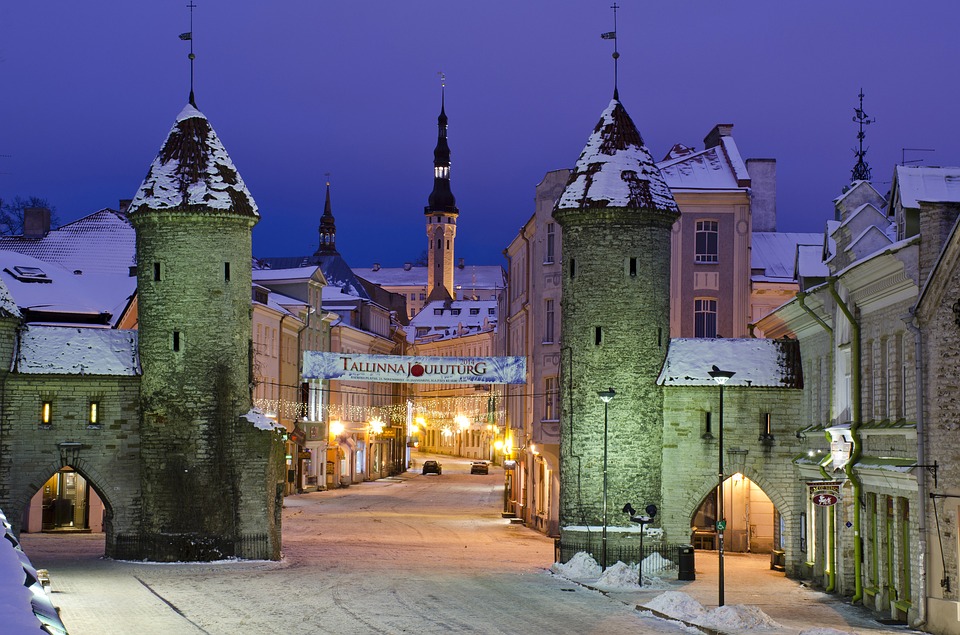
Crime
Generally, Estonia is a safe country however petty crime is quite common. Most committed crimes involve property theft. These, however, have dropped over 10% from 2016 into 2017. Most of such crime is committed in Tallinn and Narva. Tourists are particularly vulnerable as they are targeted by criminals in hope of economic gain. To avoid falling a victim of crime it is important to stay vigilant particularly in crowded tourist areas as pickpockets work in teams and develop systems people are just not aware of. A great way to avoid money or important documents being stolen from you is by wearing a money belt that can hold small items such as money or credit cards, IDs, etc. Whilst using public transport also beware of pickpockets. Although Tallinn and other Estonian cities are generally safe at night, it is advised to stick to crowded tourist areas after dusk and to use taxis or rental cars to get to and from your destination. Estonian drug laws state that illegal consumption of small quantities leads to a fine determined by the police or 30-day detention. Possession of larger quantities or their cultivation and distribution is considered a criminal offense that results in lengthy jail sentences.
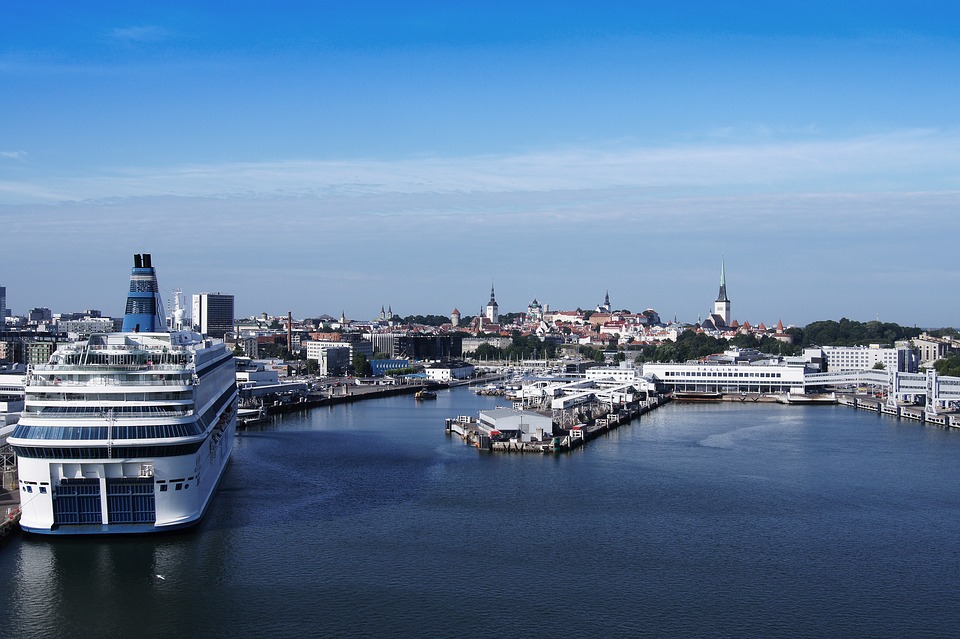
Summary
For a small nation, Estonia offers a variety of incredible attractions including breathtaking hiking tours, beautiful landmarks, and many many others. Remember that planning your trip with Travset.com will give you the quickest information about nearest emergency services and will also help you purchase indispensable travel insurance for the trip of your lifetime. Please feel free to comment and share the experiences of your travels with Travset.com.
Sources
(Visa)
https://www.schengenvisainfo.com/estonia-visa/
https://vm.ee/en/who-does-not-need-visa-visit-estonia
(Vaccinations)
https://wwwnc.cdc.gov/travel/destinations/traveler/none/estonia
(EHIC)
http://ec.europa.eu/social/main.jsp?catId=559



